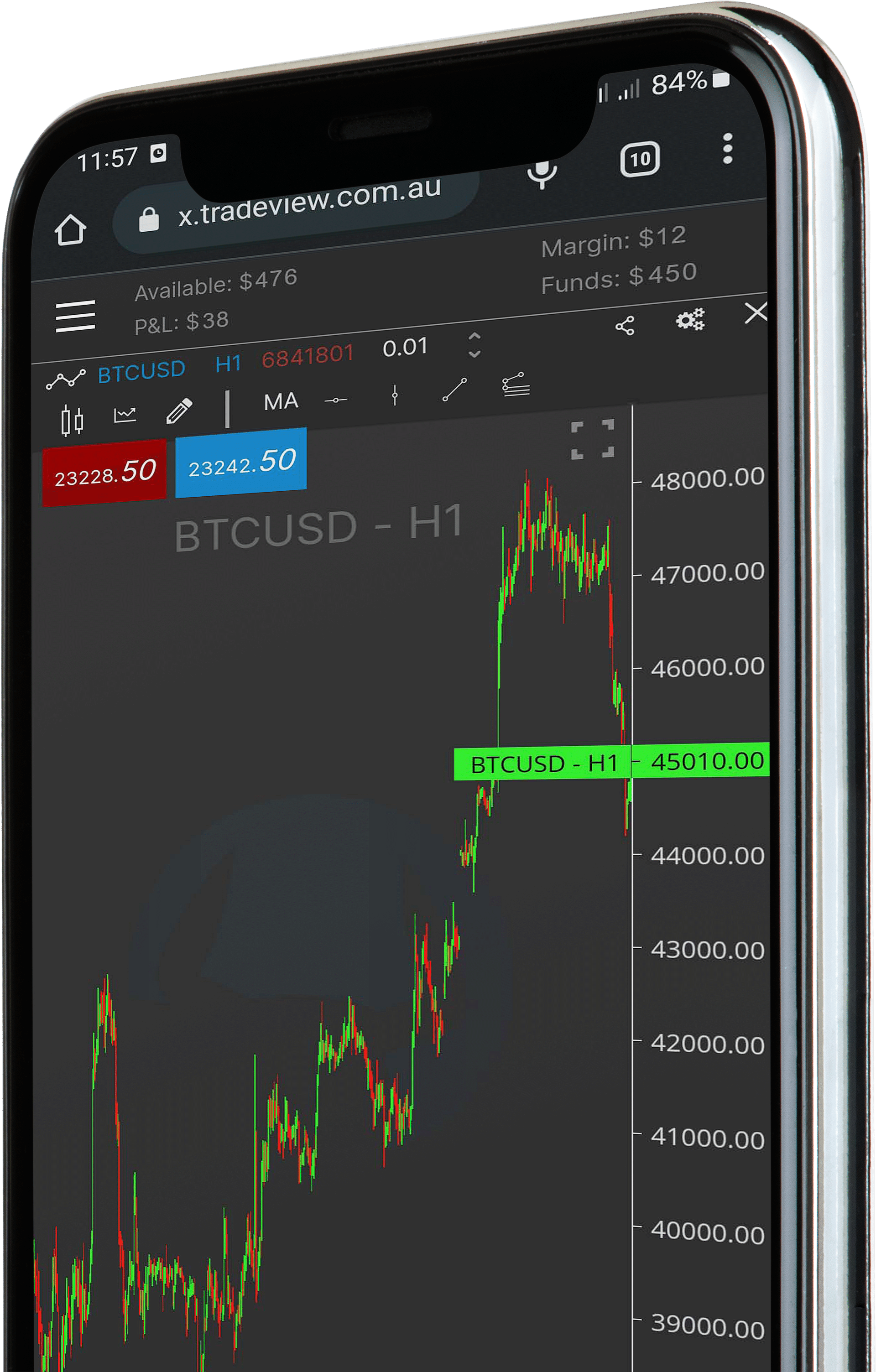Automating with a higher timeframe Bias to filter trade entries and exits
I this episode our trades continue building the daily hedge strategy, adding and testing the extra features and protections.
Example of Higher Timeframe Strategies
1. Swing trading: Traders look to capture a significant part of the overall market trend in one move by identifying support and resistance levels. It is important to properly identify the entry points, exit points and stops for each trade.
2. Position trading: Traders enter into trades for extended periods of time, aiming to catch large market movements over weeks or months. By taking a longer-term approach, traders can position themselves to benefit from big moves in either direction without having to constantly monitor the markets.
3. Trend following: Traders attempt to identify strong trends early on and remain in those positions until the trend reverses or stalls out. By staying ahead of the market’s momentum, they can capitalize on large profits from extended trends.
4. Price action trading: Traders monitor the price of a security to identify potential buying or selling opportunities without relying on additional indicators or tools. It is important to stay aware of key support/resistance levels and other dynamic factors that can cause prices to move quickly.
In conclusion, higher timeframe trading strategies can offer traders many advantages when it comes to making better entry and exit decisions in the markets. By considering multiple timeframes and combining various pieces of information, traders are better equipped to make informed choices about their trades which could lead to more profitable results in the long run. However, patience and discipline remain key components for success regardless of what approach you take when trading.
Using Higher Timeframe trading strategies
Traders who prefer higher timeframe trading strategies usually base their entry and exit decisions on the larger timeframes such as the daily, weekly, or monthly charts. The advantage of this approach is that it gives traders more time to assess the markets and analyze potential trade setups before making a decision. By considering multiple timeframes when trading, traders can better identify strong trends and avoid trades that could be prematurely stopped out due to shorter term price movements.
When using higher timeframe trading strategies for entry and exit decisions, it’s important to keep in mind that these longer-term trends are generally less volatile than those found in shorter frames. Therefore, traders must be patient when waiting for an appropriate entry or exit signal from these larger timeframes. This means that a trade may take longer to develop, so traders must be prepared to hold onto positions for an extended period of time and stay disciplined throughout the entire trading process.
In addition, traders should also consider using technical indicators such as moving averages, oscillators, and other trend-following tools when using higher timeframe strategies. These can help identify strong trends and generate more reliable entry signals. By combining multiple pieces of information from different timeframes, traders will have better insight into the overall market direction and be able to make informed decisions about their trades.
To see all the Trading Talk episodes in full check out www.tradeview.com.au/trading-talk/
Ready to start trading? Sign up with our Partner Broker www.tradeview.tech
In this episode, we will be building a higher timeframe bias which many of you have requested. This is a great feature which you can use in your own models.



